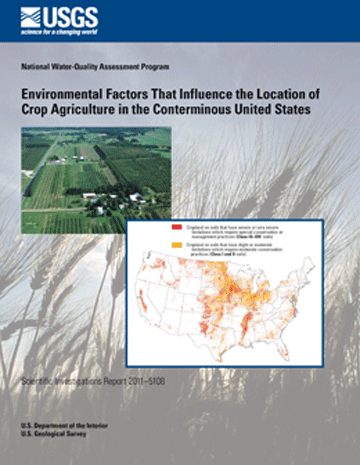Agric production (Zimbabwe)
Agriculture plays a crucial role in the lives of Zimbabweans in rural and urban areas. Most of the people in rural areas survive on agriculture and they need support for them to get good yields.

Agriculture in Zimbabwe is overseen by the Ministry of Agriculture. Agriculture accounts for 18% of Zimbabwe's GDP as of 2015.
Agriculture enabled people to produce surplus food.There are different crops that farmers grow and some of these include, maize, sorghum, rapoko, groundnuts, round-nuts and beans.
Zimbabwe produced, in 2018:
- 3,3 million tons of sugarcane;
- 730 thousand tons of maize;
- 256 thousand tons of cassava;
- 191 thousand tons of vegetable;
- 132 thousand tons of tobacco (6th largest producer in the world);
- 106 thousand tons of bananas;
- 96 thousand tons of orange;
- 90 thousand tons of soy;
- 80 thousand tons of sorghum;
- 60 thousand tons of potato;
- 55 thousand tons of barly;
- 42 thousand tons of peanuts;
- 38 thousand tons of cotton;
In addition to smaller productions of other agricultural products.
Product:
Zimbabwe's arable land surface is relatively small compared to major food producers in Africa, but its agriculture was rather well performing from 1961 to 2001 (up to 10% of African maize production in 1985). There are five natural regions that make up the agriculture of Zimbabwe. The first three regions are used for producing crops.[5] Most maize and staple food was produced by small scale communal farms, while larger commercial farms focused on cash crops like tobacco, paprika, fruits, flowers and beef exports, providing much needed foreign currencies for imports.
Zimbabweans face different challenges in their agricultural activities and these challenges include; lack of resources to buy inputs and equipment, poor rains in some areas, poor roads networks to transport their produce and lack of participation in policies to support their activities. Government entities must support these agricultural activities by providing seeds, fertilizes and finance to buy other implements. They can also provide agricultural equipment that they can hire for a subsidized cost.

Comments